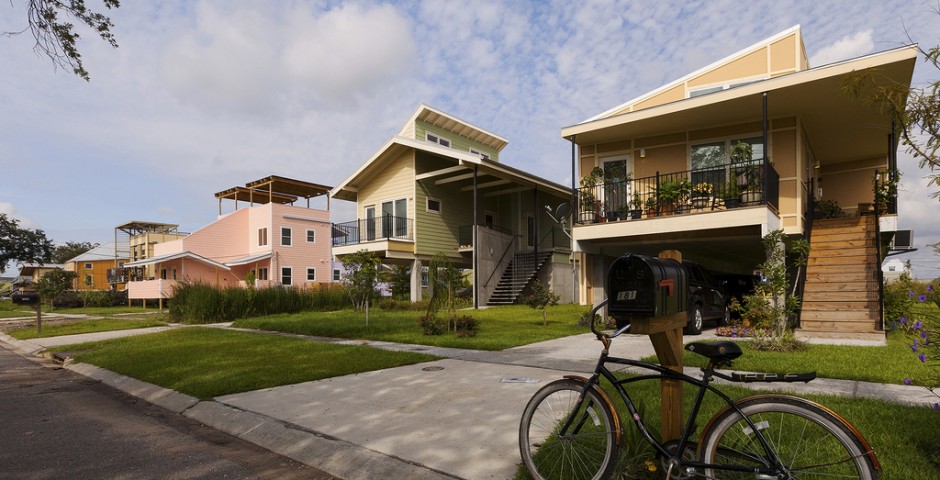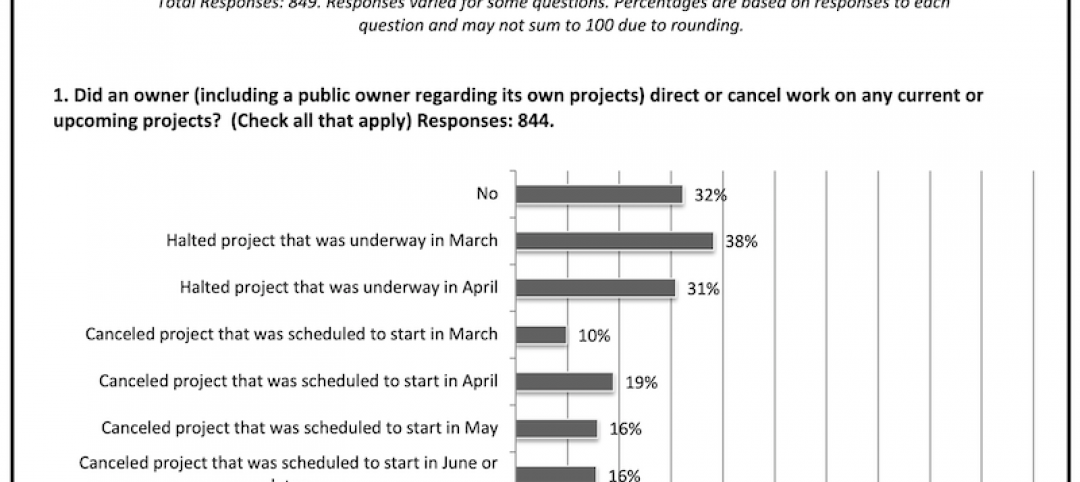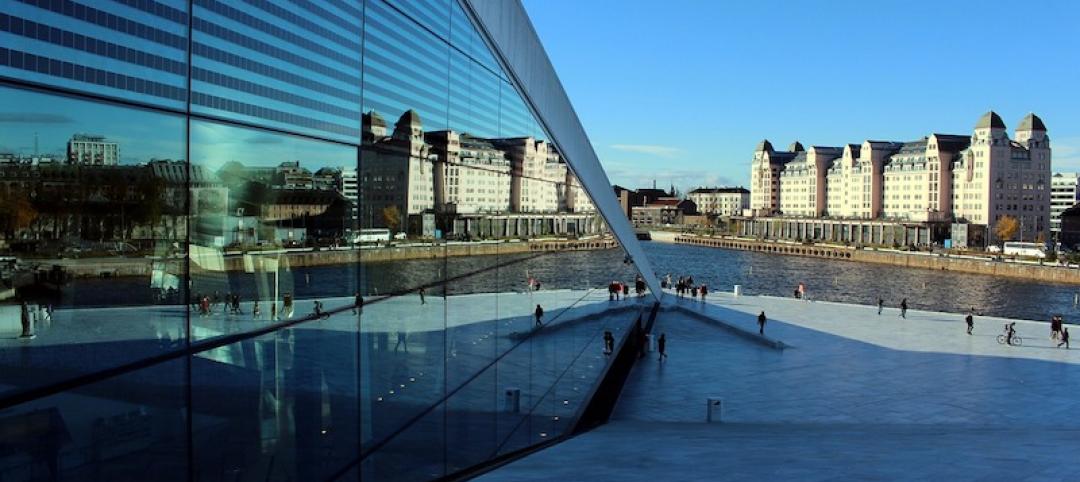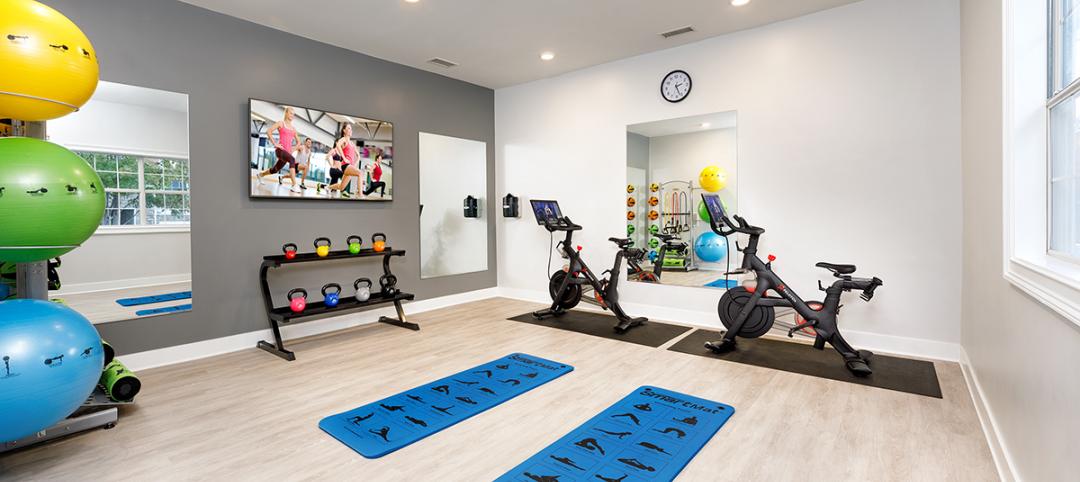A debate has been raging in the blogosphere over the last few months about an article in The New Republic, “If You Build It, They Might Not Come,” in which staff writer Lydia DePillis took Brad Pitt’s Make It Right Foundation to task for botching its effort to revitalize the Lower Ninth Ward of New Orleans.
DePillis’s argument, when you boil away the fat, is that Make It Right spent too much for the 86 houses it has built in the hurricane-ravaged neighborhood. She claims they cost “upwards of $400,000” each, although others put the figure closer to an average of $279,000.
That’s still pretty high for single-family construction in New Orleans, but not when you consider that Pitt’s foundation brought in architects of the stature of Thom Mayne and Frank Gehry to test the limits of design, and that each house was built to LEED Platinum standards, including solar installations and other high-tech features.
Many of the houses were essentially experiments in resiliency, a brave if admittedly expensive attempt to test the feasibility of building homes that could resist or defeat a repeat of a Katrina-like hurricane.
One such house, which a group of AEC professionals attending BD+C’s Under 40 Leadership Summit saw during a tour of the Make It Right homes in October 2011, was actually built like a boat. If the waters hit, it would rise off its base, held in check by permanent moorings.
To an extent, DePillis is right: The houses are too expensive. Local nonprofit housing developers argued that they could have built twice as many homes for the same investment.
But it was never Pitt’s intention to build the cheapest houses in the Lower Ninth. That was FEMA’s job. Make It Right’s goal was to see how far the starchitects and local designers could go, and how much could be learned from the experiment. Whether it was wise to go for LEED Platinum is a point that could be argued; my own opinion is that it probably was overkill. But that doesn’t take away from the idea of using the project to test new limits in resilient design.
In my estimation, DePillis’s strongest argument is that the housing was not sufficiently clustered to allow for cost-effective delivery of infrastructure and municipal services like police and fire protection and garbage pickup. Great swaths of the Lower Ninth remain vacant; even in the section where Make It Right is building, there are still many abandoned homes.
There aren’t enough retail choices, grocery stores, and “quality of life” services to encourage original residents to return, or to entice urban pioneers to give the neighborhood a chance. Some even advocated for a form of triage: concentrate development in the neighborhoods that could be saved at the most reasonable cost, and ignore the worst cases.
Which brings me to the quote in the headline. As mayor of Chicago from 1955 to 1976, Richard J. Daley took plenty of heat—much of it justified—from many opponents, but he would always counter by asking, “How many trees did you plant today?” The implication, of course, was that he, Da Mayor, was doing constructive things for the city, while all his opponents could do was complain.
My sense is that Pitt had his heart in the right place with Make It Right. There are 86 homes in New Orleans that wouldn’t have been built without his involvement. So give the guy a break.
More from Author
Rob Cassidy | Mar 30, 2020
Your turn: Has COVID-19 spelled the death knell for open-plan offices?
COVID-19 has designers worrying if open-plan offices are safe for workers.
Rob Cassidy | Mar 25, 2020
Coronavirus pandemic's impact on U.S. construction, notably the multifamily sector - 04-30-20 update
Coronavirus pandemic's impact on U.S. construction, notably the multifamily sector - 04-30-20 update
Rob Cassidy | Nov 20, 2019
Word of the Year: "climate emergency," says the Oxford English Dictionary
The Oxford Word of the Year 2019 is climate emergency.
Rob Cassidy | Nov 8, 2019
The Peloton Wars, Part III - More alternatives for apartment building owners
ProForm Studio Bike Pro review.
Rob Cassidy | Nov 1, 2019
Do car-free downtown zones work? Oslo, yes; Chicago, no
Two recent reports (October 2019) explore whether car-free downtowns really work, based on experience in Oslo, Norway, and Chicago.
Rob Cassidy | Oct 9, 2019
Multifamily developers vs. Peloton: Round 2... Fight!
Readers and experts offer alternatives to Peloton bicycles for their apartment and condo projects.
Rob Cassidy | Sep 4, 2019
Peloton to multifamily communities: Drop dead
Peloton will no longer sell its bikes to apartment communities.
















